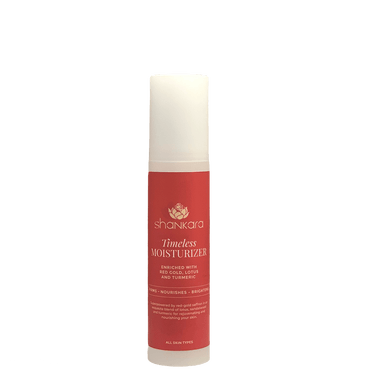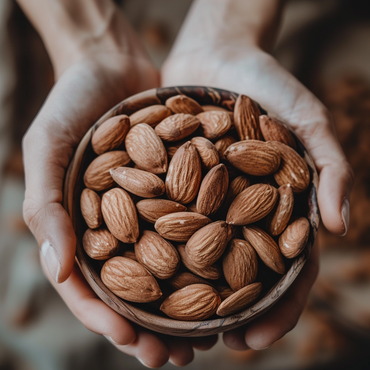
After you have had a heavy weekend dinner, do you wonder what yoga pose can you strike to relieve the heaviness?
Experts at Sri Sri School of Yoga recommend just one posture that can be done post dinner- Vajrasana or the adamantine pose, also called the thunderbolt pose. The term comes from the combination of Vajra in Sanskrit meaning diamond shaped and Asana meaning pose. The origin lies in the shape that it resembles, when you get into the pose. Before we get into the immense benefits of this single pose, let us see how it is done!
How o do Vajrasana (Thunderbolt Pose)
This pose stimulates the Vajra Nadi, one of the subtle energy channels that carry the life force throughout the body. Vajra Nadi is known to be associated with the sun and is located at the base of the spine (Mooladhara).
1) Practicing the pose improves digestion by balancing the digestive fire in the body. It relieves you from indigestion.
2) It also helps treat sciatic pain, when practiced over a long period of time.
3) Sitting in this pose, channels the flow of blood to your pelvic and abdominal region, helping work your bowel movement.
4) Relieves you of the excess gas formed
5) Strengthens the nerves in the legs, thigh and the spinal cord.
6) Helps prevent rheumatic disease.
7) During this practice, the spine is straightened. Thus aiding breathing practices by making them smoother and more efficient.
When Should You Not Do It?It is important to learn and practice yoga postures under the supervision of a trained Sri Sri Yoga teacher.












comments (0)